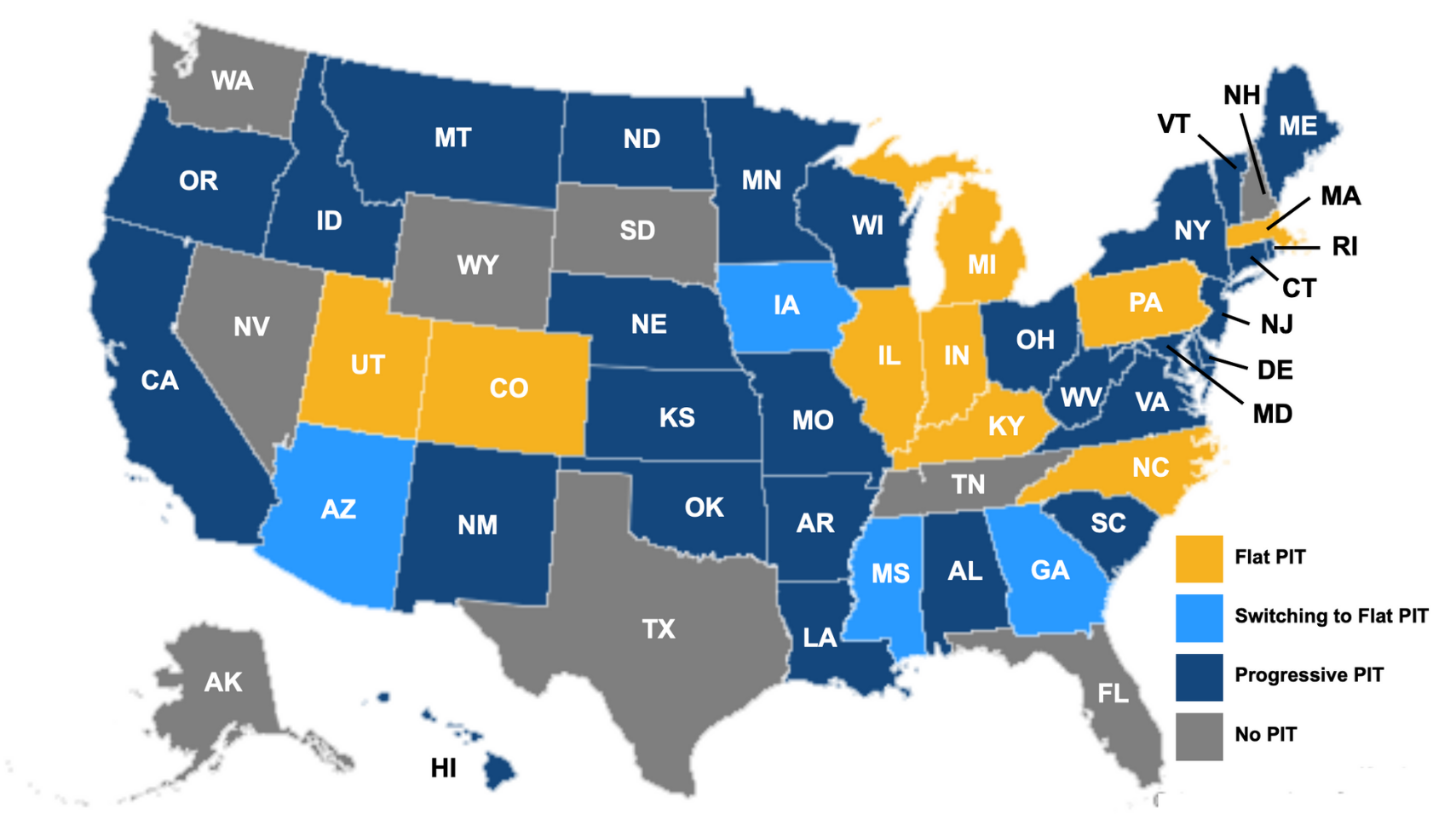The Problem: For most public school students, Wisconsin provides funding to their local school district based on the property wealth of the community. Our highly progressive school aid funding formula provides a great deal of state aid to school districts with low property values and much less to districts that have high property values. The goal is to allow school districts to spend a similar amount of money on students regardless of whether the community is rich or poor. It is common for school districts in Wisconsin to spend between $14,000 and $15,000 per student annually using federal, state and local funds.
In contrast, for students who don’t attend the school district in which they reside, the state provides a much lower amount of funding – and the amount is based upon the type of school they are attending. For example, students who use Wisconsin’s open enrollment program which allows a student to attend a school district other than the one in which they reside, the funding will be $8,224 for K-12 students in 2022-23. For those participating in one of Wisconsin’s private school choice programs, the funding will be $8,399 for K-8 students and $9,045 for students in grades 9-12. For those students attending an independent K-12 charter school, the amount will be $9,264.
As you can see, the taxpayers of Wisconsin generally provide education funding based upon the characteristics of the school district or school a child is attending and not based upon the needs or characteristics of the student. So when a child switches schools, the amount of taxpayer dollars that follow the student to their new school will usually be unrelated to what was provided at their old school.
The Solution: Wisconsin’s taxpayers should invest in students, not schools or school districts. As a result, the state should develop an education funding system that is based upon the needs and characteristics of the students rather than the characteristics of the school they attend. A student who faces greater challenges in learning should receive greater funding and that level of funding should follow the student to whatever school they choose to attend. Conceptually, each child’s education funding would be put in their backpack and follow them to the school of their choice. No state in the nation has created a completely portable student-based funding system. Wisconsin should be the first.













